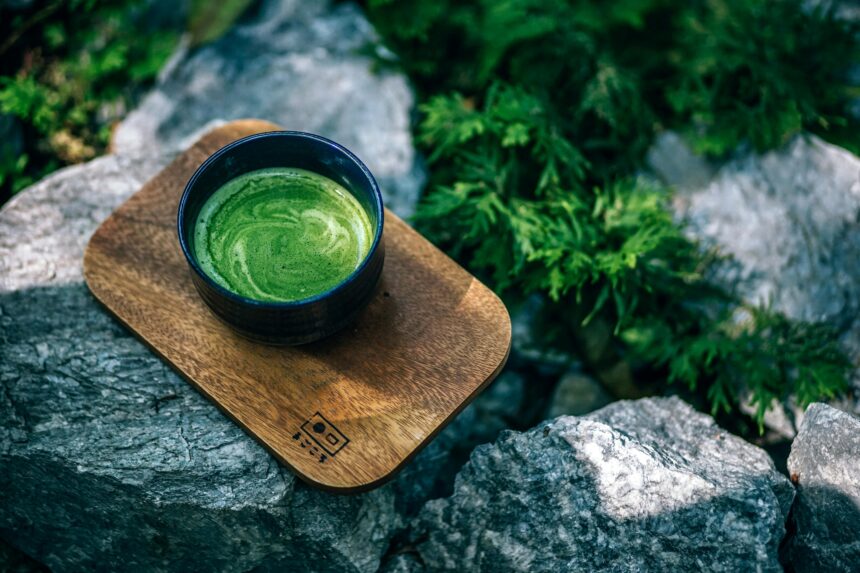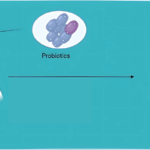Matcha has been gaining popularity as a coffee alternative, particularly among younger generations. Rich in antioxidants and natural caffeine, it offers a more sustained energy boost than coffee without the dreaded crash.
Curious about the benefits, I decided to replace my daily coffee with matcha for a month. Here’s what I learned about taste, energy levels, and whether I’d make the switch permanent.
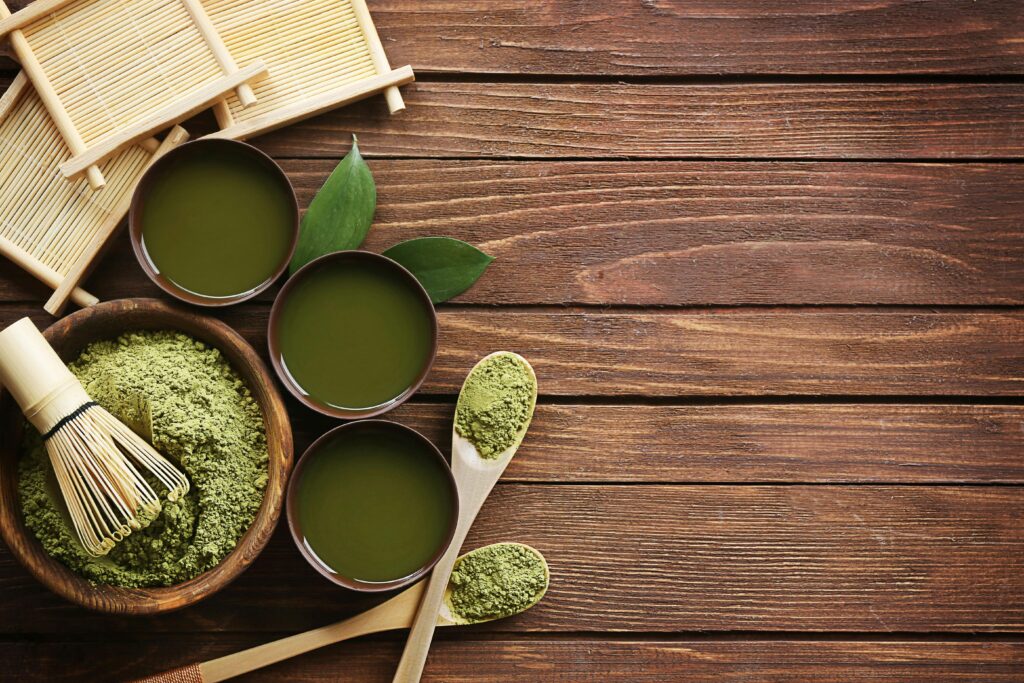
What Is Matcha?
Matcha is a finely ground powder made from specially grown green tea leaves. Unlike traditional tea, which is steeped, matcha involves consuming the entire leaf, making it more concentrated in nutrients, antioxidants, and caffeine.
Some of matcha’s potential health benefits include:
✔ Boosting cognitive function
✔ Supporting metabolism and weight loss
✔ Reducing inflammation
✔ Providing a steady energy release
With these promising effects in mind, I was eager to see how swapping coffee for matcha would impact my energy, focus, and overall well-being.
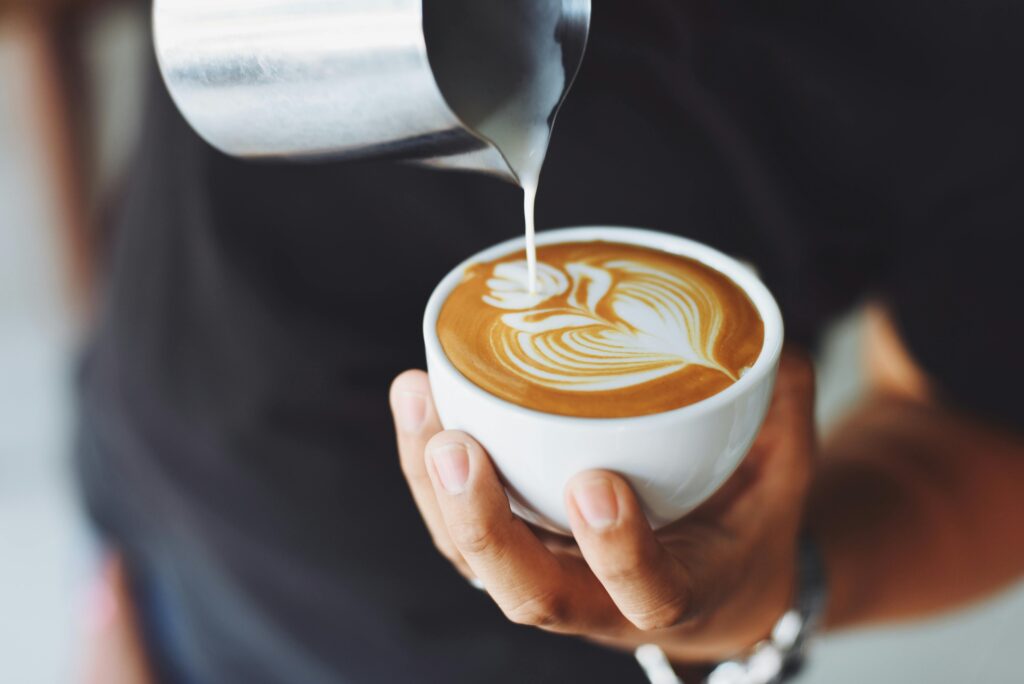
My Setup: Replacing Espresso with Matcha
I usually start my mornings with a double shot of espresso, which contains about 254 mg of caffeine. In comparison, my matcha latte (made with 2 teaspoons of matcha powder) contained only 140 mg of caffeine—a significant 110 mg drop.
To prepare my matcha, I:
1️⃣ Mixed 2 tsp of matcha powder with 4 oz of hot water (158°F / 70°C)
2️⃣ Used my espresso machine’s milk frothing attachment to blend the powder (a bamboo whisk is traditional, but I went for convenience)
3️⃣ Poured it over steamed milk for a latte-style drink
Would this lower caffeine dose be enough to keep me awake and productive?
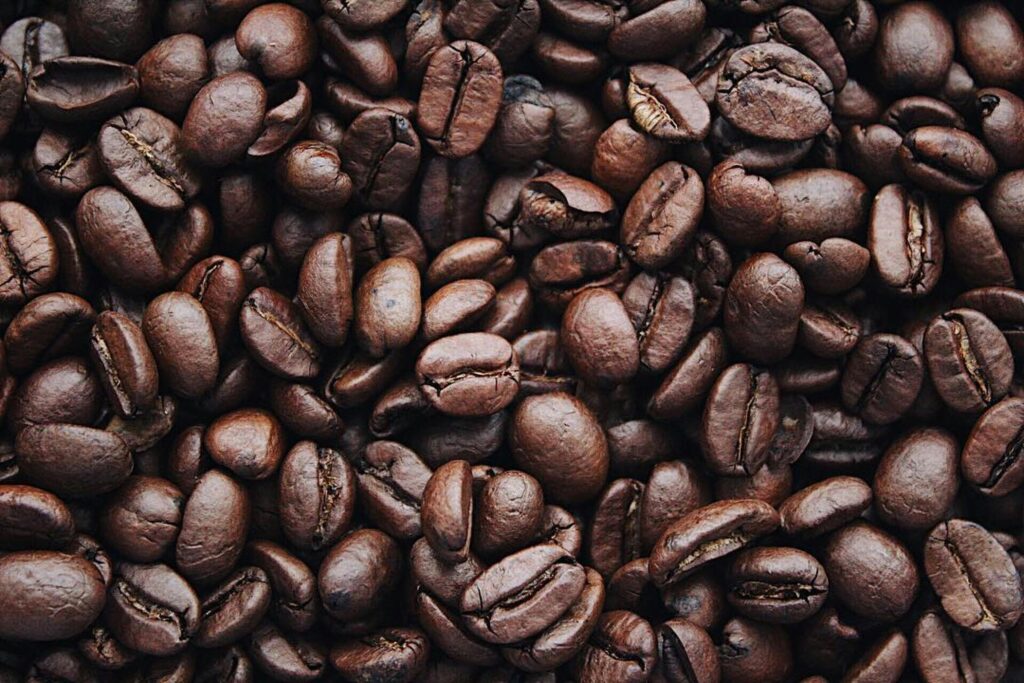
Taste and Price: Is Matcha Worth It?
I opted for a bulk bag of matcha from Costco—not ceremonial grade, but affordable at $20 for a large supply.
✅ Taste: Matcha has a distinct earthy, grassy flavor, which can take some getting used to. Adding sweeteners helped make it more enjoyable.
✅ Price: High-quality matcha can be expensive, but I found budget-friendly options that worked well for lattes.
Sweeteners that improved the taste:
✔ Maple syrup (my favorite)
✔ Honey
✔ Vanilla extract
✔ Liquid stevia
Pro tip: If matcha tastes too bitter or grassy, try experimenting with sweeteners or flavored syrups.
How Matcha Affected My Energy Levels
☕ Day 1: Exhausted. No withdrawal headache, but I didn’t feel fully awake.
🌿 Week 1: My energy felt steady, but I missed the instant jolt from coffee.
🔥 Week 2: Started noticing that mid-day crashes were gone.
⚖️ Week 3: Felt a consistent energy level all day—but still craved the bold taste of coffee.
☕ Week 4: I had adapted, but I missed my espresso ritual too much.
Interestingly, when I switched back to coffee after the experiment, I developed a headache—likely due to the sudden caffeine spike after a month of more stable energy from matcha.
Would I Do This Again?
No.
✅ Matcha has benefits, but I personally prefer the stronger caffeine boost of coffee.
✅ I love the taste of coffee more than matcha.
✅ Matcha’s steady energy is great, but I enjoy the morning buzz from espresso, even if it leads to an afternoon slump.
Am I dependent on coffee? Yes. Do I plan to change that? Not really.
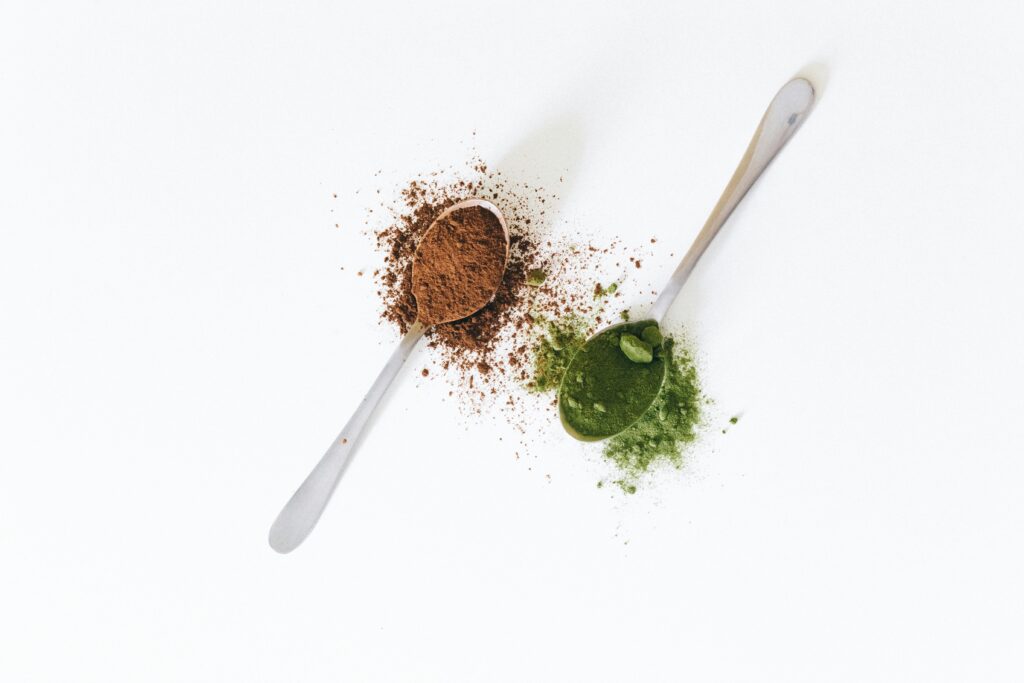
Final Takeaway
Matcha is a nutrient-rich alternative to coffee, offering sustained energy and potential health benefits. If you’re looking for a gentler caffeine source without crashes, it may be a great option.
However, for coffee lovers who thrive on a strong caffeine hit, matcha might not fully replace your morning ritual.
Would I recommend trying matcha? Yes—but for me, coffee still wins. ☕💚


